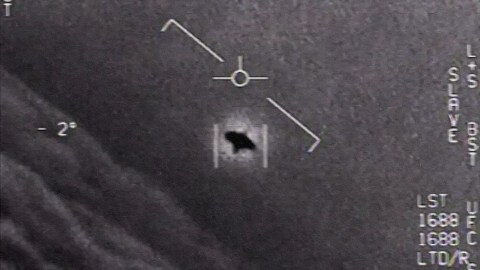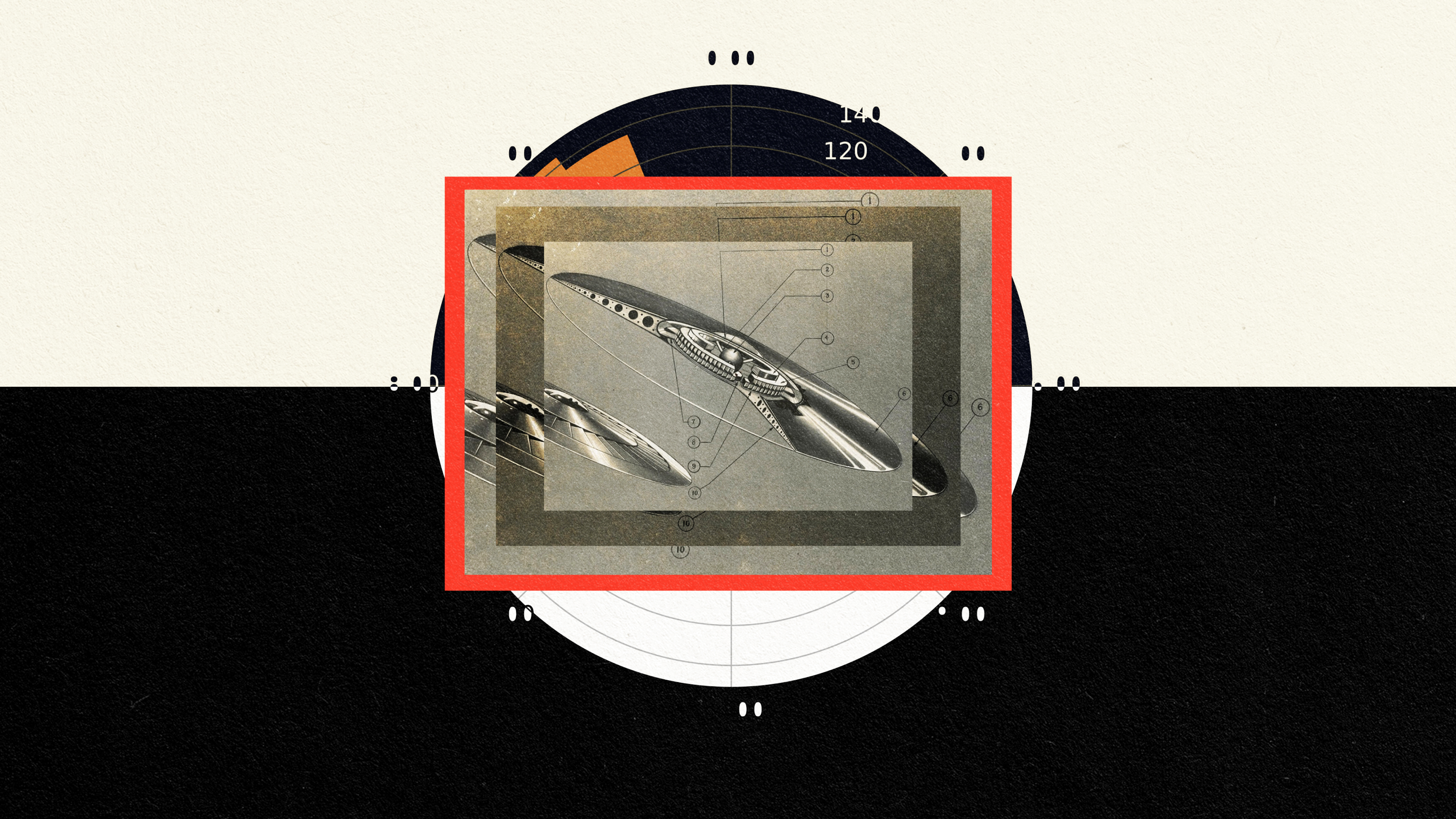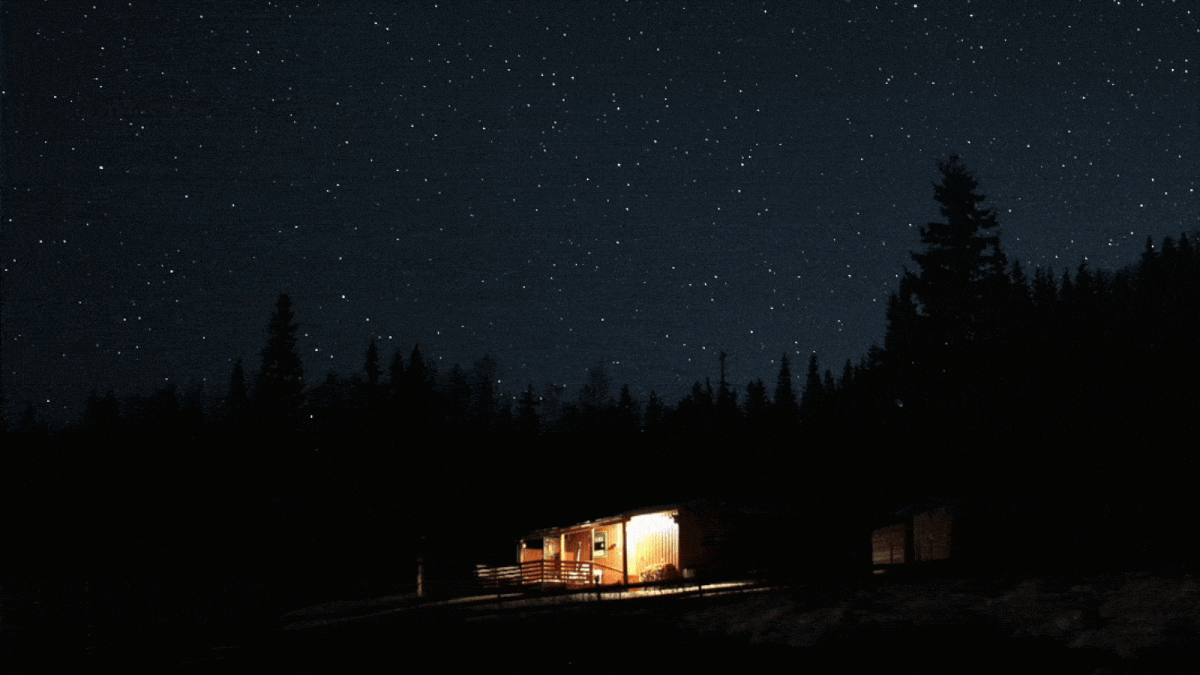Here’s what a scientist makes of Congress’ UFO hearing

- The recent congressional hearing on Unidentified Aerial Phenomena (UAPs) highlights the need for more empirical research, given that most UAPs can be explained by earthly phenomena.
- Assertions about the recovery and reverse-engineering of alien UAPs have drawn skepticism due to a glaring absence of tangible evidence.
- We need transparent investigations into UAPs. Ultimately, astrobiology is arguably more likely to provide reliable answers about the existence of alien life.
Everybody is talking about aliens after last week’s congressional hearing on UFOs (now officially rebranded as Unidentified Aerial Phenomena, or UAPs). As an astrophysicist working on the remarkable science of searching for life in the Universe (I just finished The Little Book of Aliens on this exact subject), I’ve been asked by lots of folks what I make of it all. How do I see the testimony? Is there anything in what we heard that speaks scientifically to the possibilities of life existing elsewhere in the Universe? To answer that question, we have to parse out two different threads that emerged during the hearing.
Extraordinary testimony
The first involves the Navy pilots and their stories of encounters with objects behaving in ways that defied their expectations. (That’s putting it mildly). I first will say that I think it’s a good thing these pilots have been willing to come forward. Removing the stigma of making these kinds of reports is the first essential step in figuring out what’s going on with UAPs. I also liked the way the pilots were pretty agnostic about what was happening: Like the rest of us, they simply wanted a clear explanation of these encounters. Finally, I felt they were being entirely honest and forthright in recalling what they remembered about these encounters. So where do we go from there?
The answer in this case is really simple: Do some good science. It’s worth noting that last year, NASA, the folks who land robots on distant planets, convened a panel to begin a true scientific unpacking of UAPs. At their first press conference, held this summer, the team announced that only 6% of the many UAP cases they studied could not be explained. In other words, 94% of their UAP cases had earthly causes. This conclusion is consistent with other studies of this kind that have been done. So, it’s safe to say that the Earth is not suddenly awash in strange and unexplainable phenomena sailing through the skies.
But what about the other 6%? In some cases, no explanation could be found because there simply wasn’t enough information (the all-important data that science lives on) to even propose an explanation. Still, some of the unexplained cases do fall into the truly strange and weird. This is the space where I would say the pilots’ testimonies live. Their descriptions are definitely of the “raise the hair on the back of your neck” variety. What do we do with those cases? Here is the point where better science comes in.
While we could spend lots of time trying to figure out exactly what the pilots saw, I feel like that’s a dead end. Science cannot do much with personal testimonies. One problem, as every cop and psychologist will tell you, is that human memory is not a photographic record. Instead, it’s a reconstruction that can differ from the original event in many ways, no matter how earnest the reporters are. But what’s even more important, and as I describe more fully in the book, is that to really do science you need hard data collected through rational search strategies from instruments you fully understand.
If my colleagues and I ever want to claim that we have detected signatures of life on alien planets light-years away, we will have to know everything about our instruments: how they respond to light when the telescope is at 40°F and how that response changes when the temperature goes up to 60°. The exact same type of knowledge is required to determine whether a UAP accelerated in ways that no human technology could reproduce. Personal testimony, onboard targeting cameras, and even military radars cannot do that. Ultimately, to really know if UAPs have anything to do with advanced technologies from alien life, we will need to set up a new kind of research program.
And I’m all for it. As I have written before, an open, transparent, and scientific investigation of UAPs would be great. My personal opinion is that the alien explanation is a long, long, long shot. “Peer-state adversaries” is a much more likely explanation. But my belief and $4.98 will get you a Starbucks coffee, so let’s do the real science. At the very least, it will show people how science goes about its business (a business that gave us cell phones that work, jet planes that don’t fall out of the sky, and medical procedures that heal).
Show me the spaceship, Mulder
Now on to the second thread. One of three witnesses at the hearing claimed that the U.S. had recovered downed UAPs of nonhuman origin, that nonhuman biologics (whatever that means) had also been recovered, and that technology from the possibly alien craft had been reverse-engineered.
I am, to put it mildly, highly skeptical. First of all, such claims are nothing new. As I wrote about recently, and as I detail in the book, there have been ex-military officials making these kinds of claims going back 70 years. What doesn’t go back 70 years is actual hold-in-your-hand evidence of such claims. So what we heard in the hearing was old news. Somebody says they heard from somebody else “in the know” that we have alien spaceships in the garage. But, once again, we have no actual evidence of claims so extraordinary they sound like they come straight out of an episode of The X-Files. One of my rules of thumb is that if something sounds like the plot of a science fiction movie, it probably is. There is no reason, based on any existing science, to take these truly stunning claims seriously. I’m not changing this position until somebody ponies up some actual artifacts (which I will note are always promised to be coming but never show up). In other words, show me the spaceship.
There are so many reasons to be scientifically skeptical of this part of the testimony that I could go on at length, but let’s consider a simple response. The distances between the stars are so vast as to literally numb your mind. Interstellar space is also an insanely hostile environment. Any aliens possessing technologies that could cross space would be so advanced it would make us look like amoebas trying calculus. And yet, somehow, we are supposed to believe that these hyper-advanced spaceships made it all the way to Earth and then crashed over New Mexico. It’s like the aliens are sending us the equivalent of a 1987 Dodge Omni.
The same argument works for aliens not crossing space but being “interdimensional,” which is something people claim sometimes (and was briefly mentioned in the recent hearing). It is also worth noting that there is exactly zero evidence for space having anything more than three dimensions. Even in Einstein’s theory of relativity, the “fourth dimension” is actually “spatialized” time, which is most definitely not space. While you can go backward and forward in any direction of space, you can go only one direction in time, which is toward your inevitable demise. (Sorry to have to be the one to remind you).
The need for open investigations
All that said, I’m all for a transparent investigation into what the government has in its UFO/UAP file cabinets. There is no doubt that during the Cold War, they were happy to play UFOs for misinformation in their endless back and forth with our main adversary, the USSR. But I wouldn’t be surprised if 70 years from now, we are still rummaging around in these files and not really getting anywhere. If you want an analogy, think of the JFK assassination, an event for which no file dump ever really resolves the question.
But here’s the thing: I really do want us all to get somewhere when it comes to life in the Universe. That’s why I’m putting my cards down on the explosion of possibilities happening right now in the actual-factual science of astrobiology. I’m happy to be wrong about UAPs, but I know that the astronomical telescopes, technologies, and techniques coming online now mean we will soon be able to sniff out life in the atmospheres of alien worlds. That has never been possible before (and, again, it’s something I describe in detail in my new book).
I do believe humanity is, indeed, at a precipice when it comes to finding alien life. But I think the best bet is that we will find it on alien planets, not in the skies of our lovely but (galactically speaking) backwater world.





